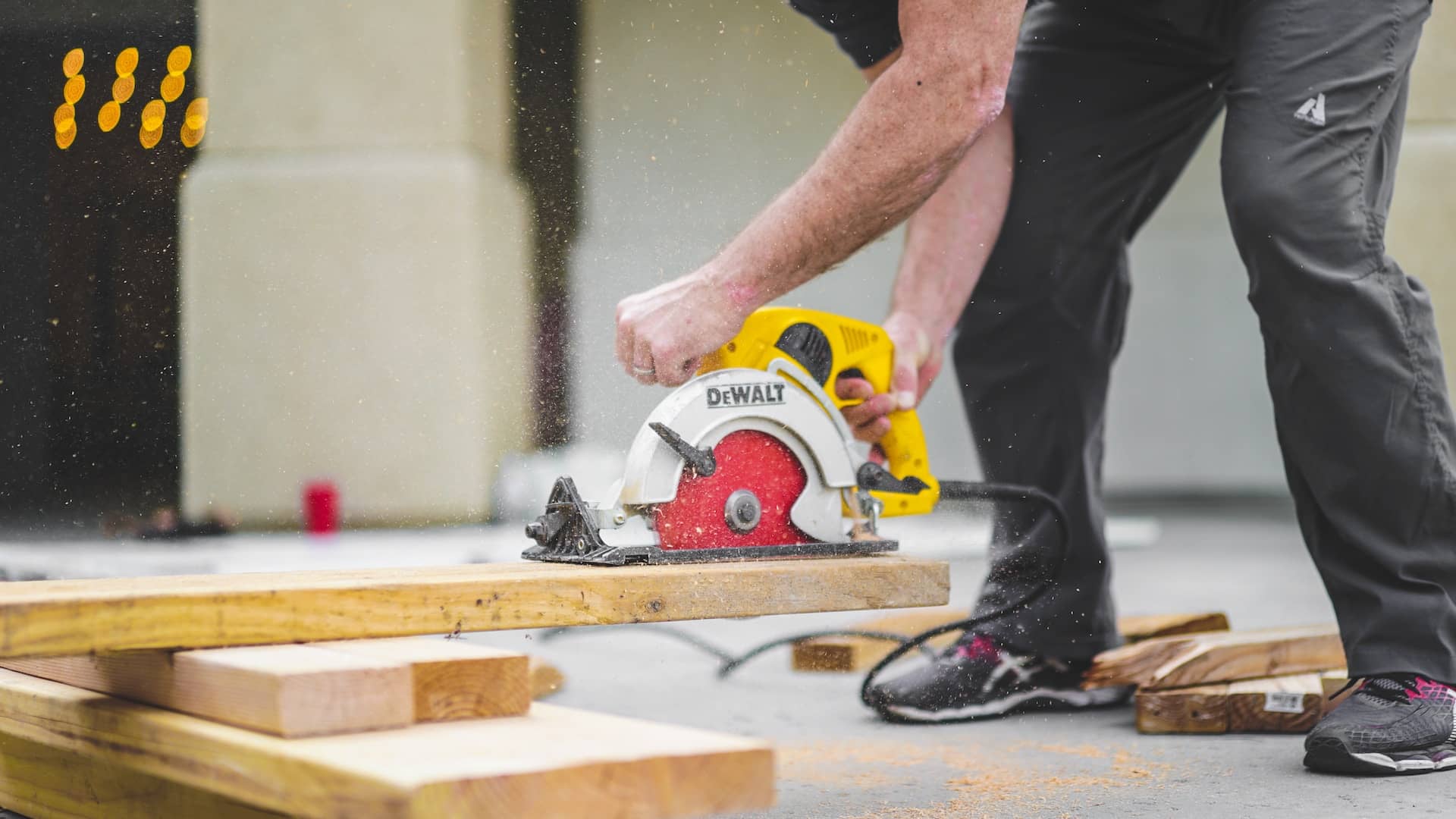Accidents happen. Whether it’s a slip in the hallway, a fender-bender on the road, or a more serious workplace incident, understanding the root causes is crucial to preventing future mishaps. In the realm of accident investigation, the spotlight is often on the process of uncovering why an incident occurred – the elusive root cause. Let’s delve into the world of accident investigation and explore the best practices for identifying those elusive root causes.
The Intricate Web of Incident Investigation
Accident investigation resembles detective work. You’re on a mission to unravel the mystery behind an unfortunate event. Imagine entering the scene of an incident. There’s chaos, confusion, and a pressing need to make sense of it all. The first step in this investigative journey is acknowledging the crucial keyword: “Accident Investigation: Best Practices for Identifying Root Causes.”
The Why Behind the What
Determining the root cause is like peeling an onion. You have to go layer by layer, digging deeper to get to the core. But how do you determine the root cause of an incident? It’s not just about what happened; it’s about understanding why it happened. Was it a momentary lapse in concentration, a faulty piece of equipment, or perhaps a flaw in the established procedures?
The Human Factor
More often than not, the root cause involves human actions or inactions. It could be a miscommunication, a lack of training, or even a failure to adhere to established protocols. Consider a workplace incident where an employee sustains an injury while operating machinery. Instead of solely blaming the machine, a comprehensive investigation might reveal that inadequate training played a pivotal role.
The Domino Effect
Root causes can also be interconnected, creating a domino effect. One seemingly minor issue triggers a chain reaction, leading to a more significant incident. Picture a scenario where a spill in a manufacturing plant goes unnoticed. If left unaddressed, it could lead to slippery floors, which, in turn, contribute to a serious slip-and-fall incident.
Unpacking the Toolbox: Root Cause Analysis Techniques
Now that we understand the importance of identifying root causes, let’s explore the tools investigators employ to get to the bottom of things. Root cause analysis (RCA) is the systematic process that helps dissect incidents, revealing the underlying factors that contributed to the undesirable outcome.
The Five Whys
One widely used technique is the “Five Whys.” It’s as simple as it sounds. Start by asking why the incident occurred, then follow up with subsequent “whys” until you reach the fifth one. Each “why” takes you deeper into the layers of causation. It’s a powerful method to unearth the underlying issues, often exposing issues that might have gone unnoticed.
Fishbone Diagrams (Ishikawa or Cause-and-Effect Diagrams)
Imagine a fishbone diagram, where the spine represents the incident, and the bones branching out are the factors contributing to it. This visual tool, also known as Ishikawa or cause-and-effect diagrams, helps investigators categorise and analyse potential causes systematically. It’s an effective way to identify root causes and their relationships.
Fault Tree Analysis
In the realm of complex incidents, fault tree analysis comes to the forefront. It’s a top-down approach that begins with the incident at the top of the tree and breaks it down into contributing factors. Think of it as creating a roadmap of the incident, illustrating how various elements converged to lead to the undesirable outcome.
The Importance of Thorough Documentation
Accident investigation isn’t just about identifying root causes; it’s also about documenting the entire process. From the initial observations to the final determination of the root cause, every step should be meticulously recorded. This documentation serves as a valuable resource for future reference, enabling organisations to implement preventive measures effectively.
The Paper Trail
Imagine a workplace incident report as a trail of breadcrumbs. Each piece of information contributes to the larger narrative of the incident. Thorough documentation not only aids in the investigation but also proves invaluable when revisiting the incident in the future. It becomes a blueprint for learning and improvement.
Continuous Improvement
Accident investigations aren’t a one-time affair. They are a continuous cycle of learning and improvement. The identified root causes pave the way for implementing corrective actions, closing the loop on the investigation process. This commitment to continuous improvement is the bedrock of a resilient safety culture.
UK’s Approach to Accident Investigation
In the United Kingdom, the Health and Safety Executive (HSE) plays a pivotal role in shaping the landscape of accident investigation. With a commitment to reducing workplace incidents, the HSE emphasises a proactive approach, encouraging organisations to identify and rectify potential issues before they escalate.
Legal Framework
The UK boasts a robust legal framework that mandates thorough accident investigations. This legal obligation ensures that organisations take the necessary steps to identify root causes and implement preventive measures. It’s not just about compliance; it’s about fostering a culture of safety and well-being.
HSE Guidance
The HSE provides comprehensive guidance on accident investigation, offering a roadmap for organisations to follow. From the initial response to the final analysis, the guidance covers every aspect of the investigative process. This structured approach aligns with the best practices for identifying root causes, ensuring a thorough and systematic examination of incidents.
Making an Accident at Work Claim with National Claims
At National Claims, we understand the challenges individuals face after an accident. If you’ve been a victim of a workplace incident and believe there’s a valid claim, our team is here to guide you through the claims process. Our experts specialise in navigating the complexities of accident claims, ensuring you receive the compensation you deserve.

Conclusion
Accident investigation isn’t just about finding someone to blame; it’s about creating a safer tomorrow. By identifying root causes, we pave the way for preventive measures that can save lives and prevent future incidents. The tools and techniques discussed, coupled with a commitment to continuous improvement, form the cornerstone of a resilient safety culture.
As we navigate the intricate web of accident investigation, let’s remember that it’s not just a process; it’s a journey towards a safer, more secure future. So, the next time you encounter the aftermath of an incident, armed with the knowledge of best practices and root cause analysis techniques, take a step back and ask yourself: How can we make sure this doesn’t happen again? The answer lies in the commitment to uncovering those elusive root causes, one investigation at a time.
Get started on your claim by contacting us and speak to one of our claims specialists today.
Click below to see why we are one of the most trusted claims management companies in the UK.





